Seat is working to enhance its Martorell assembly plant and integrating advanced digital technologies in what it describes as the biggest transformation in its history. Automotive Logistics talks to its logistics director Enric Martí

Seat’s Martorell facility near Barcelona in Spain covers 2.8m sq.m and since the original facility was inaugurated in 1993 it has produced more than 12m vehicles. This summer it started production of the new model year Cupra Formentor and Cupra Leon. It is the third largest factory in terms of production volume in the Volkswagen Group in Europe and the company said that further growth will be built in the implementation of smart technology and artificial intelligence. That includes in the logistics supporting production, according to Enric Martí, director of logistics at Seat for the last 13 years.
“We are at a time of unprecedented transformation for our company as we transition towards more intelligent and connected production, which involves the implementation of innovative technologies in order to improve our logistics processes,” says Martí.
The control tower that Seat has in place to provide visibility across its supply chain and the real-time location on 16m-plus inbound parts is one of the most important digital tools the company owns. Martí explains that it has an end-to-end system that connects 320 supplier plants with its inbound processes, forecasting and the resources needed for truck unloading. It also calculates the capacity for outbound shipments.
“We are at a time of unprecedented transformation for our company as we transition towards more intelligent and connected production, which involves the implementation of innovative technologies in order to improve our logistics processes,” - Enric Martí
Seat’s main logistics provider is Grupo Sesé, which provides inbound and outbound logistics. It also works with other smaller carriers for specific regions and receives information on the position of the trucks used, which it is able to connect with the delivery note to track the parts more precisely.
In terms of logistics automation of in-plant material flows, Seat began that journey back in 2013. “Today, we have implemented more than 450 automated guided vehicles (AGVs) and our goal is to achieve automation of 80% of our flow volume with the launch of the new electric urban car family,” says Martí. That will first take the form of the Cupra Raval, slated for produced in Martorell from 2025.
Collaboration for complexity
As mentioned, the new 2025 model year Cupra Formentor and Cupra Leon models are being built at Martorell, as was the case with the previous models. Petrol combustion and hybrid versions have been built on the same line since 2021, which adds complexity to lineside logistics but Seat has been planning across production to manage this complexity.

“Although there are additional flows to cover due to the plug-in hybrid parts, we have planned the logistics and their complexity in close collaboration with all production areas to ensure success during the launch and the series,” says Martí. “This collaboration has helped us to place materials in the best location along the line and to coordinate the routing of materials to avoid line stops.”
This will also be the case for the electric urban car which Martorell will make for the wider VW Group.
Warehouse automation
Digital tools are also coming into play for inventory management at Martorell, which Martí says has become an essential part of the business.
“We are working to optimise stock while ensuring production during these challenging times,” he says. “To achieve that, we are implementing increasingly sophisticated digital tools, from detailed data visualisation and early alerts to stock optimisation algorithms.”
Back in 2018 Seat built an automated logistics centre at the Martorell factory in that included the tallest warehouse in Spain and the latest technology to manage parts storage. The logistics centre covers a total area of 5,700 sq.m divided into two facilities, which stores and feeds inbound parts to the assembly line. The first of these is 43.7 metres high and has capacity to store 25,000 containers of larger parts across seven aisles, moving 250 incoming and 250 outgoing boxes per hour. The second is 21 metres high and can store more than 100,000 boxes of smaller parts across five aisles. It moves moves 450 incoming and 450 outgoing boxes per hour,” according to Martí.
“These warehouses are integrated into the production process, supplying materials directly to the assembly lines to produce 2,500 cars per day,” he says.
“With the Digital Tower, it is the first time for Seat that the entire supply chain is digitised. So, the whole process is connected, providing more efficiency, flexibility and interesting data”
The warehouses are fully automated and use seven stacker cranes for transporting and positioning the larger crates of parts, as well as using five miniloaders in the warehouse for the smaller boxes. The warehouse management system (WMS) uses software that optimises the movements, guaranteeing a first in first out (Fifo) sequence and optimising the warehouse occupancy rate, explains Martí.
Control over disruption
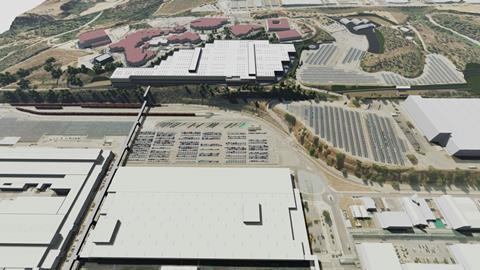
Looking upstream Seat has invested in technology to gain greater visibility of its inbound parts to improve the accuracy and timeliness of parts delivery. Martí says that is all part of Seat’s efforts at making Martorell a ‘factory of the future’, with production processes and a supply chain that are flexible, connected and fully optimised.
“Thanks to the control tower tool, we can send suppliers transportation data and information about our stocks,” he says.
“The tool gives us the opportunity to gain visibility, not only upstream of our supply chain, but also having an end-to-end vision to ensure that the possible disruptions are well informed and evaluated by everyone.”
Supply chain disruption is the new normal in the automotive supply chain and there are a range of reasons, include heightened geopolitical risk, logistics capacity constraints, labour disputes, as well as technology and market transformations.
Martí says that although Seat has not been immune to supply chain disruption this year, having information of its suppliers’ stocks and the incoming transport connected to its processes, has helped the carmaker manage the supply chain and it has reached maximum capacity at Martorell.
“All this data allows us to simulate production scenarios without impacting suppliers by taking their data into account,” he says. “So, we are working on integrating digitalisation into the production cycle with the aim of becoming customer-oriented and optimising through a new logistics concept.”
Catena-X platform
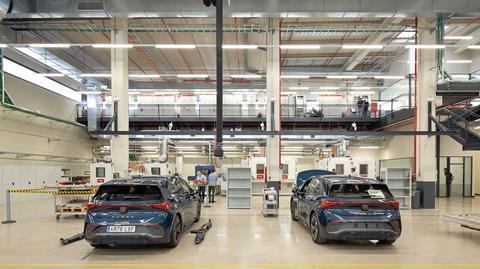
Seat has also been testing the efficacy of its connections with its suppliers in preparation for the roll out of the Catena-X platform over the next few years. Catena-X was established in 2021 by the German Federal Ministry for Economic Affairs and Energy, and the German Association of the Automotive Industry (VDA). It creates uniform standards for data and information exchange across the supply chain. The exchange of data is managed on a peer- to-peer system that aims to ensure security, confidentiality and integrity in the exchange of supply chain data. Catena-X currently has more than 192 members.
“We have already checked that the technological connection works and we are now planning to deploy a hybrid model between the suppliers connected via Catena X and the ones we have integrated to date,” Martí explains. “The plan is to fully migrate our suppliers to Catena X once the platform is rolled out.”
Seat is also working on projects to build digital twins for specific production and logistics processes but its plans for the technology are bigger than that.
“Our ambition is to build a supply chain digital twin that is scanning and modelling a digital [replica] of the factory to ensure the viability of projects and achieve the goal of zero errors in the physical world,” says Martí. “In fact, we are already integrating digitalisation into our production cycle.”
In doing so, Martí says Seat is continuing on the path it started with the control tower and taking advantage of the data from all of its systems and suppliers, and adopting the right data governance along the entire supply chain.
“Inside the control tower we have, as a part of our end-to-end vision, in-plant logistics tools such as the improvement of our automatic warehouse performance, management of the lead time of the trucks in factory or forecast of the critical parts coming to the factory,” he explains. “With the Digital Tower, it is the first time for Seat that the entire supply chain is digitised. So, the whole process is connected, providing more efficiency, flexibility and interesting data.”
Drones over Martorell
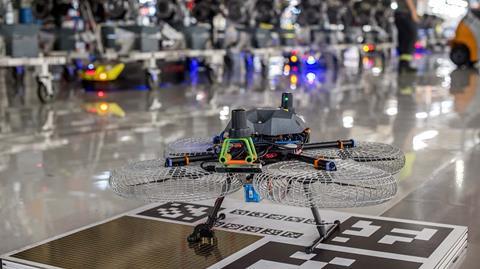
Seat has been using drones at Martorell since 2019 in conjunction with its logistics partners Grupo Sesé.
“For the just-in-sequence steering wheel flow, when a recall is needed, we have implemented together with Sesé, a drone flow that connects both facilities which are separated 2km from each other,” says Martí. “In this case, we are achieving much shorter reaction lead times and, of course, we gather knowledge on this technology. Now we are researching new drone technologies that can handle heavy parts.”
The steering wheels are loaded into a carbon fibre capsule weighing 5.5kg and attached to the drone with an electromagnet ready for airborne delivery from the launch pad.
Measuring 1.7 metres across, the drone takes off for the 2km flight from the logistics centre to assembly workshop. The aircraft flies autonomously at a height of 95 metres over the factory roof at 40 km/hour.
It only takes four minutes from take-off until the capsule is dropped off at its destination. The complete process lasts 15 minutes from activating the protocol.
The use of drone technology boosts Seat’s Industry 4.0 development enhancing efficiency and making in-plant logistics more sustainable.
Forewarned is forearmed
These technologies are helping Seat predict threats to the supply chain by gathering information using the different digital technologies, including Catena-X. Martí says digital technology is helping it identify, down to a tier-n level, which suppliers around the world are affected by natural disasters, for example, and whether that is going to have an impact on Seat’s supply chain.
“These alerts have helped us to minimise reaction times, creating short-term alternatives to source materials from other suppliers,” he says. “Our ambition is to connect these technologies to our control tower so that we can manage information on a single platform.”
One other area in which digital technology applications are being used is in helping personnel improve performance.
Seat is implementing a Human Artificial Intelligence (HAi) strategy to approach data and provide AI to its employees as a part of the company’s transformation, says Martí. “All areas will have trained employees, so called ‘citizen developers’ and ‘data stewards’, to work with data and optimise their processes in the daily business,” he explains. “Additionally, they can identify situations where AI can help with the different challenges that they might face. The first results in logistics show a very big potential in indirect personnel process automation and AI use cases.”
Cutting the carbon output
The digital transformation of production and logistics at the Seat Martorell plant runs alongside efforts being made to transform the company into a more sustainable carmaker.
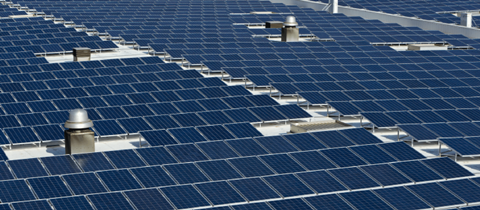
According to Seat it has reduced carbon emissions in the production process by 69% since 2010. Over the same period it has reduced energy consumption by 33% and water use by 45%.
Earlier this year Seat began building its al Sol 2 solar plant and from 2025 its facilities will have 39,000 solar panels on a surface area of 233,000 sq.m in Martorell, El Prat and Barcelona, generating 29 GWh and tripling the carmaker’s renewable energy self-generation capacity.
It has also put into operation the VW Group’s first electric paint drying oven in Martorell, which is reported to minimise heat loss and reduces energy consumption by 25%, which means savings of 2,500 tonnes of CO2 per year.
The project has been financed by the European Union with Next Generation EU funds through the Ministry of Industry, Trade and Tourism.
“Sustainability is a key pillar of Seat SA’s corporate strategy and is at the heart of the transformation process we are undergoing towards electrification,” explained Markus Haupt, executive vice-president for production and logistics, back in May.
“We aimed to reduce the environmental impact in the specific area of production by 50% by 2025, something we have already achieved. We are now moving forward to achieve carbon neutrality at our facilities by 2040, in line with the Volkswagen Group’s strategy,” he said.
Sales of Seat’s EVs grew to 45,900 in the first half of this year, a 36.1% increase compared to the same period in 2023 (33,800). The carmaker said that was powered by the increasing success of the company’s plug-in hybrid models.


























![Global[1]](https://d3n5uof8vony13.cloudfront.net/Pictures/web/a/d/s/global1_726550.svgz)




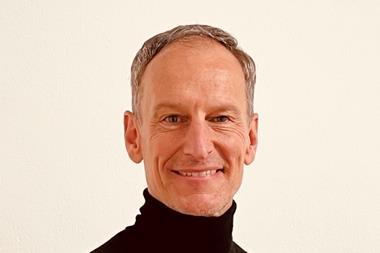
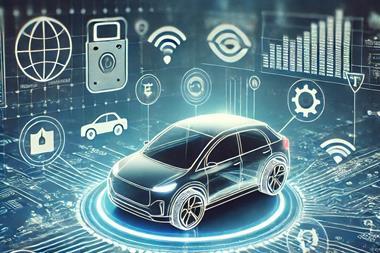
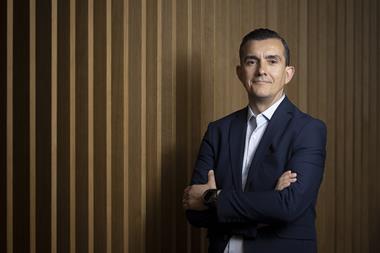
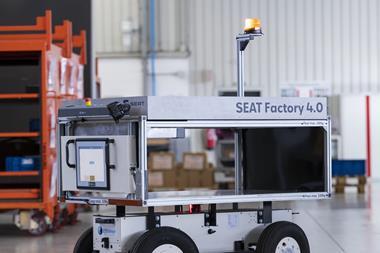





No comments yet